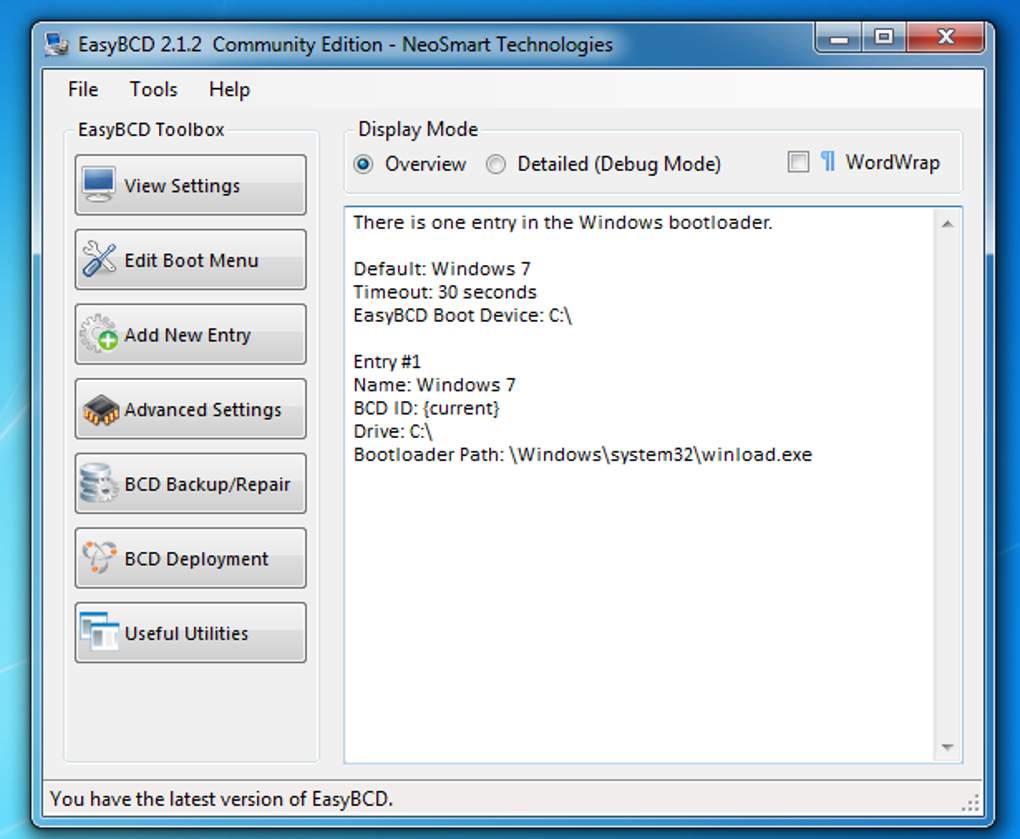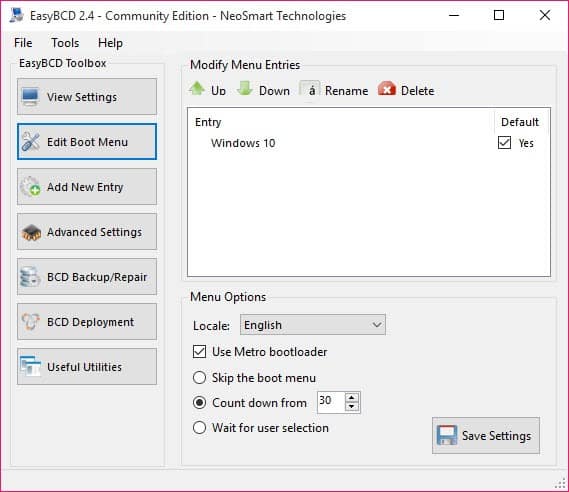

Having reached the window with a choice of partitions, I formatted the partitions on disk 1,Īfter that I selected the partition and successfully installed the operating system.

Over time, the Windows became buggy and he decided to reinstall it. He bought solid state drive and ported the operating system to SSD, and from the HDD deleted partitions with the system and began to use the disk as a file storage. My friend had one HDD and Windows 7 was installed on it. When installing Windows on a computer with two or more hard disks (MBR), the OS installer always creates a boot loader on Disk 0, even if there is no operating system on Disk 0 and there is no active partition, the installer will create an active partition and place the boot files there, and Windows will install to the disk that you specify In short, read the article, it will be interesting. For example, your system with the bootloader is not on Disk 0, in this case there will be no automatic OS search, because the recovery environment (Windows RE) will not see the active partition on Disk 0. There are also nuances of automatic recovery of the Windows boot loader using the recovery environment (Windows RE) located on the bootable USB flash drive or installation disk with the OS.If Disk 0 is converted to GPT style and Disk 1 is converted to MBR, then the system installer will return an error.If there is no main partition on Disk 0, but there is, for example, a logical partition, then again the OS installation will end in fiasco.If Disk 0 is Dynamic, the installer will refuse to install Windows.



 0 kommentar(er)
0 kommentar(er)
